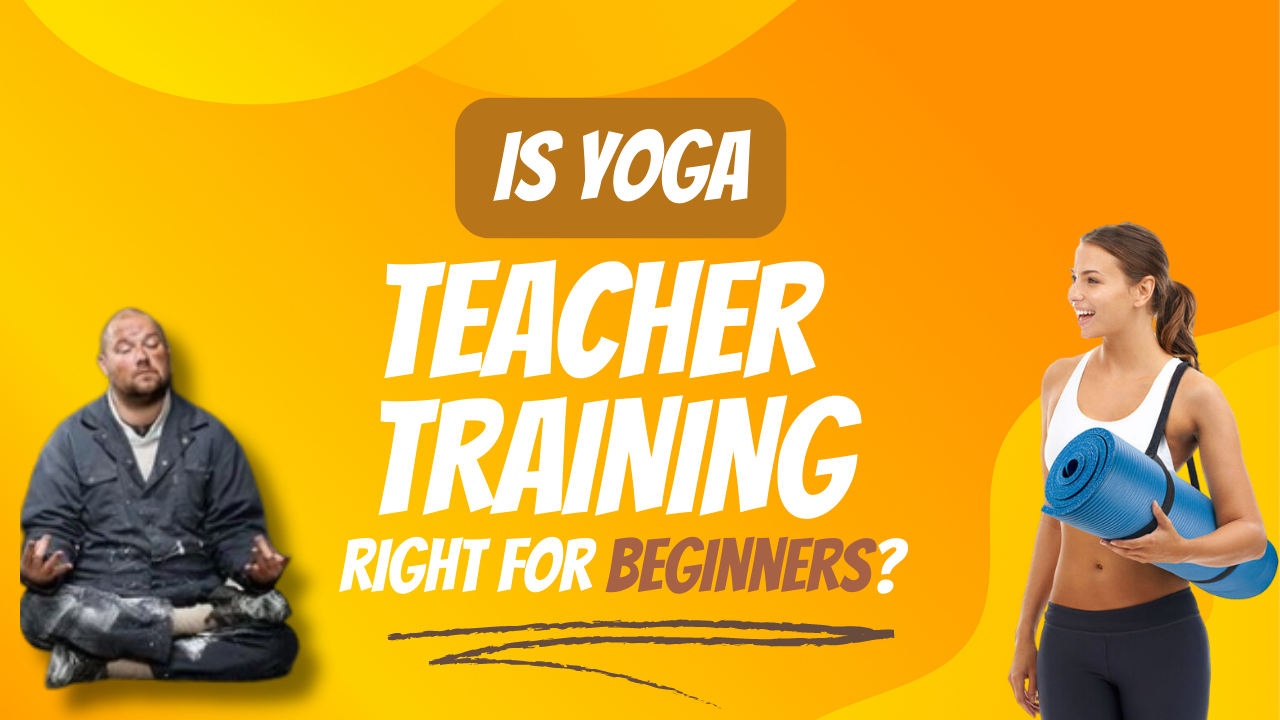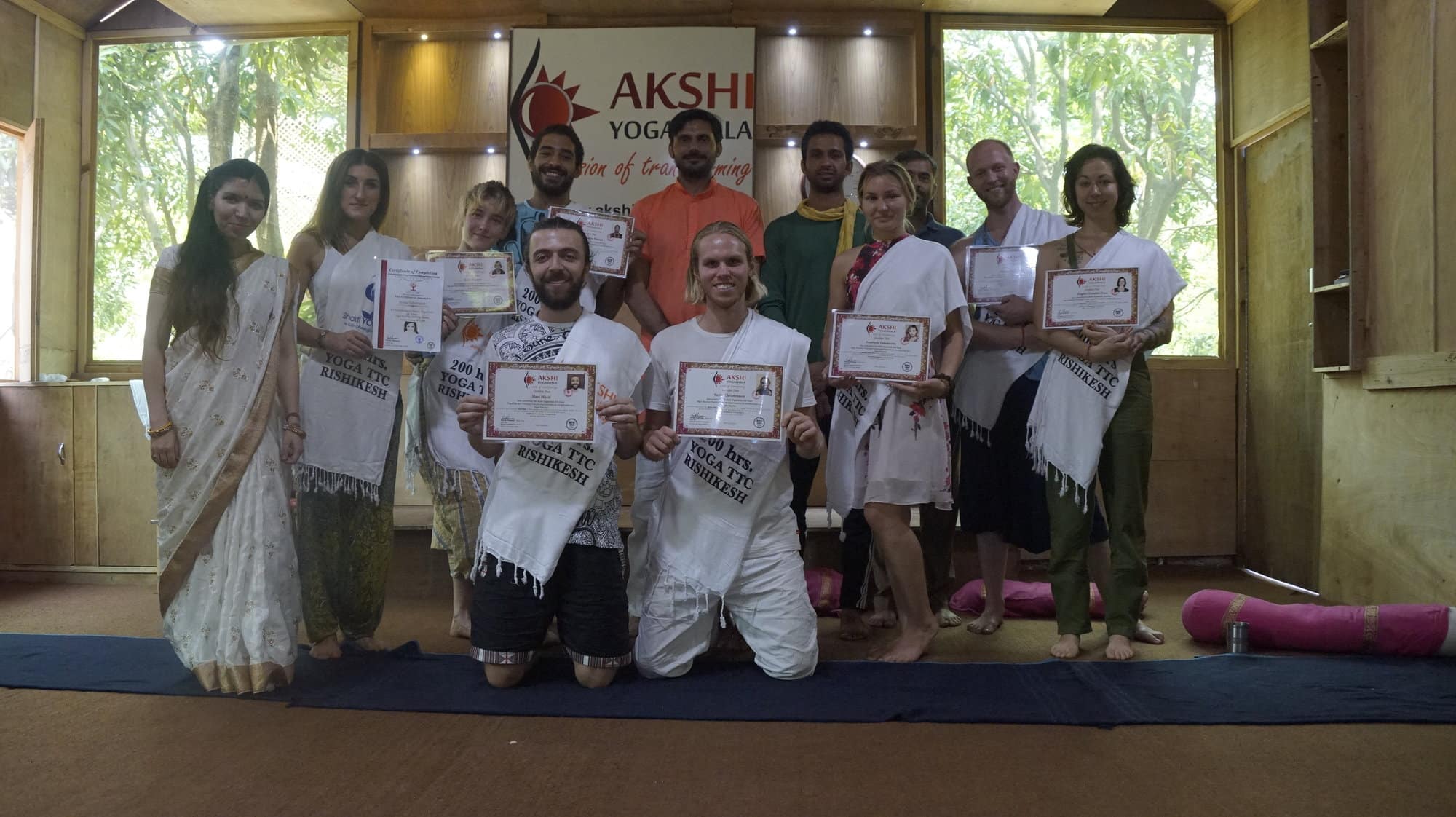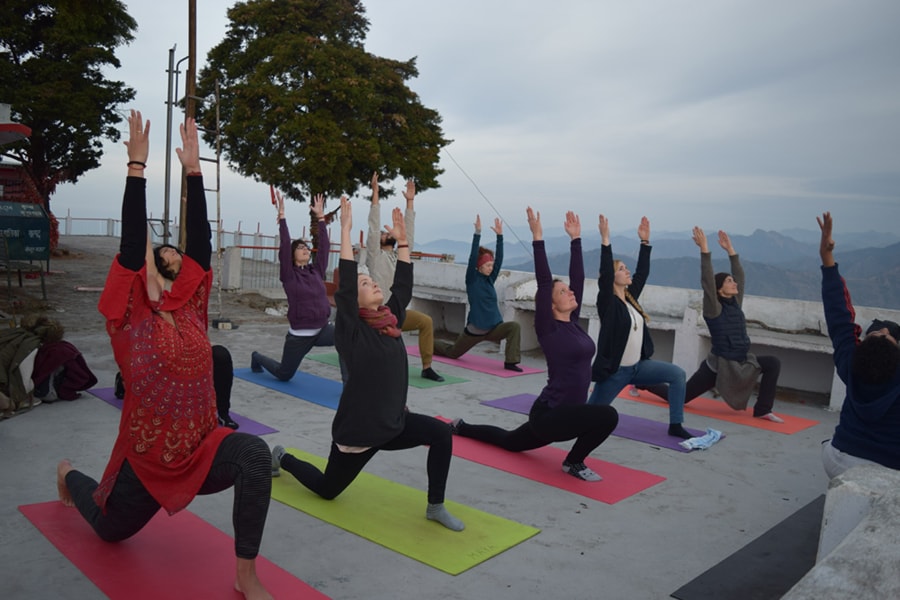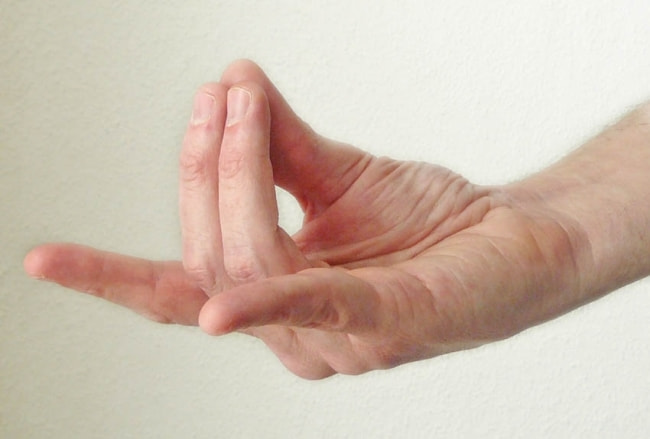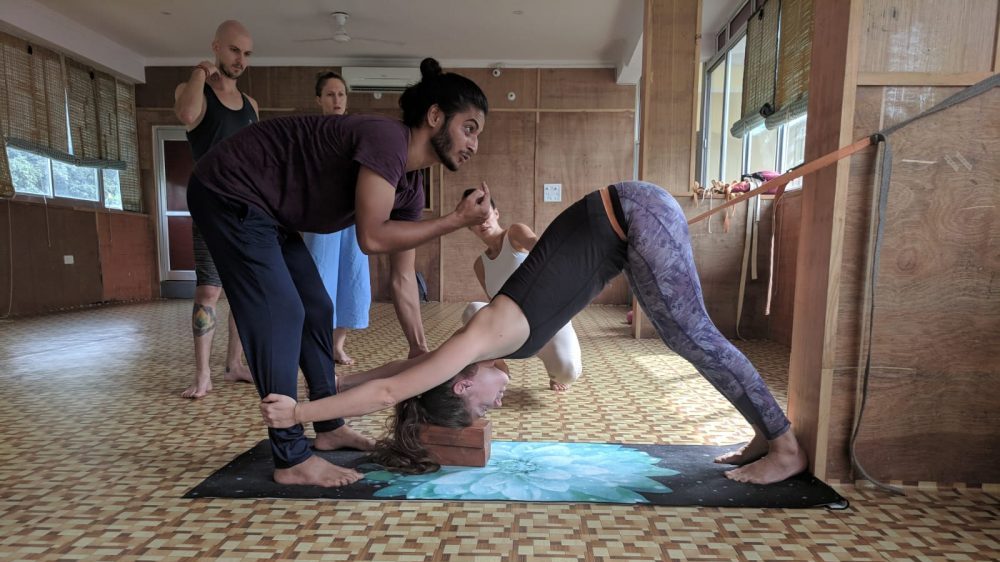Is Yoga Teacher Training Right for Beginners?
Yoga Teacher Training: A Journey for Everyone
Are you new to the world of yoga and wondering if you’re ready for a Yoga Teacher Training course? It’s natural to have questions, and we’re here to provide you with some valuable insights to help you make an informed decision.
Yes, Beginners Can Thrive in Yoga Teacher Training
You might be surprised to learn that you don’t need to be an experienced yogi to embark on a Yoga Teacher Training journey. Contrary to common misconceptions, you don’t have to be a handstand expert or a master of flexibility to qualify for a yoga teacher training program.
In fact, many individuals pursue Yoga Teacher Training with the primary goal of deepening their personal yoga practice. Some participants don’t intend to become yoga instructors but are seeking to enhance their understanding of yoga’s intricacies and philosophy.
A Supportive Learning Environment
Yoga Teacher Training programs are designed to be supportive spaces where beginners can thrive. These programs offer ample opportunities for practice, guided learning, and self-discovery. You’ll find that these environments foster growth without judgment, allowing you to develop your skills at your own pace.
Curious to Learn? You’re Qualified!
The primary prerequisite for Yoga Teacher Training is curiosity – a genuine desire to learn more about yoga and yourself. Whether you’re a newcomer to the practice or someone seeking to enrich their understanding, you’ll find a place in a quality Yoga Teacher Training program.
What to Expect in Yoga Teacher Training
Yoga Teacher Training programs often aim to certify participants through the internationally recognized Yoga Alliance organization. This certification, known as RYT (Registered Yoga Teacher), is highly valued in the yoga community. The certification process ensures that participants receive a well-rounded education in various aspects of yoga.
Yoga Teacher Training at Akshi Yogashala: The Best Choice for Beginners
At Akshi Yogashala, we believe that yoga is for everyone, regardless of their level of experience. Our Yoga Teacher Training programs are crafted to welcome beginners and help them blossom into confident practitioners.
We understand that embarking on a Yoga Teacher Training journey can be transformative, and we’re committed to providing a supportive and nurturing environment for your growth. Our experienced instructors guide you through techniques, philosophy, anatomy, and the practice of teaching, ensuring you have a well-rounded experience.
Discover Your Yoga Path at Akshi Yogashala
Whether you’re aiming to become a certified yoga instructor or simply wish to deepen your personal practice, Akshi Yogashala offers the ideal platform for your journey. With our expert guidance and inclusive approach, you’ll find yourself well-equipped to embrace the world of yoga with confidence.
Join Akshi Yogashala for the Best Yoga Teacher Training Experience in India
If you’re a beginner seeking a transformative yoga experience, look no further. Akshi Yogashala offers the best Yoga Teacher Training in India for individuals like you. Our holistic approach and dedicated instructors will guide you every step of the way, ensuring that your journey is not only enriching but also empowering. Embrace the opportunity to become a part of our yogic community, where growth, learning, and self-discovery are celebrated. Your yoga journey starts here at Akshi Yogashala – the destination for the best yoga teacher training in India.

